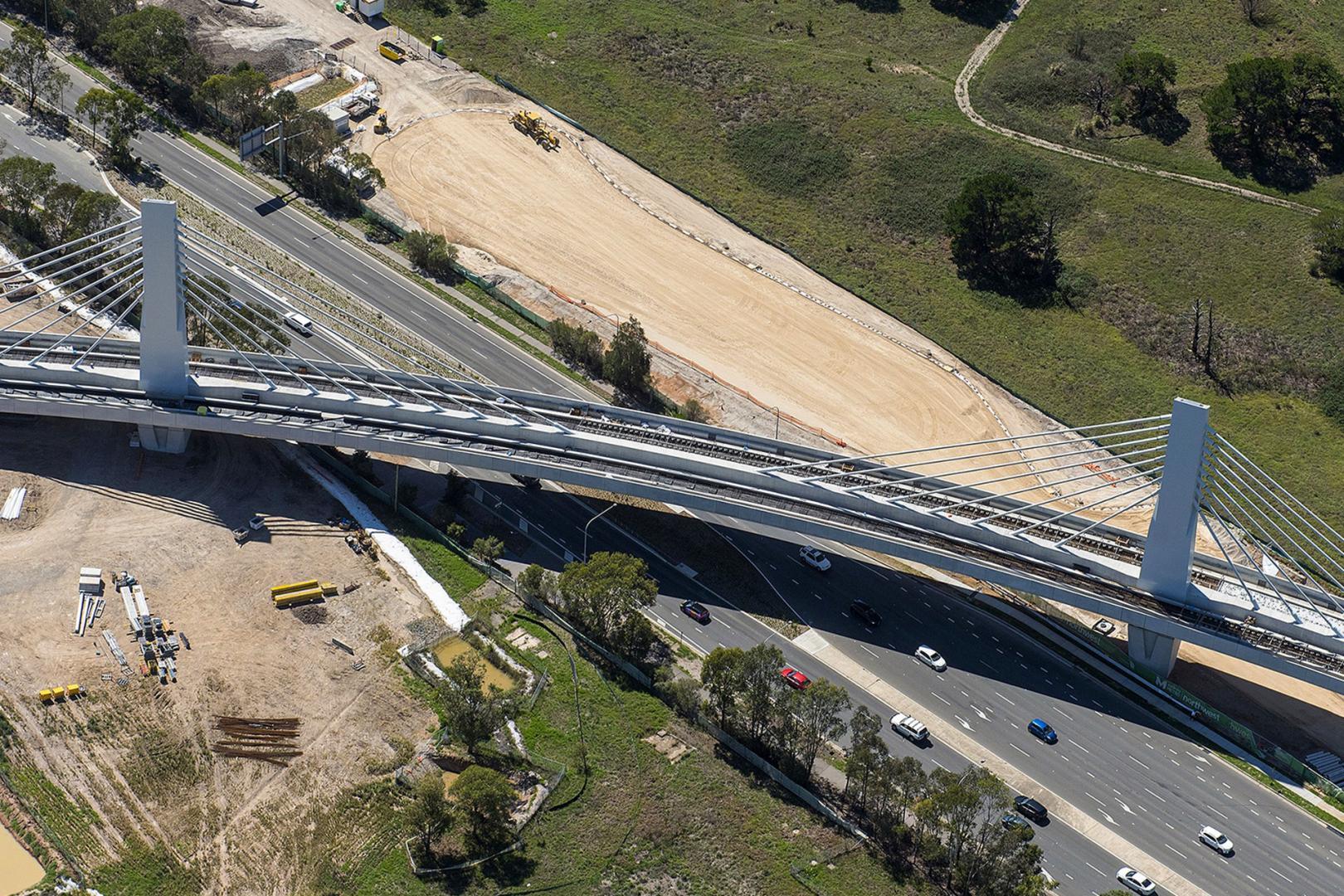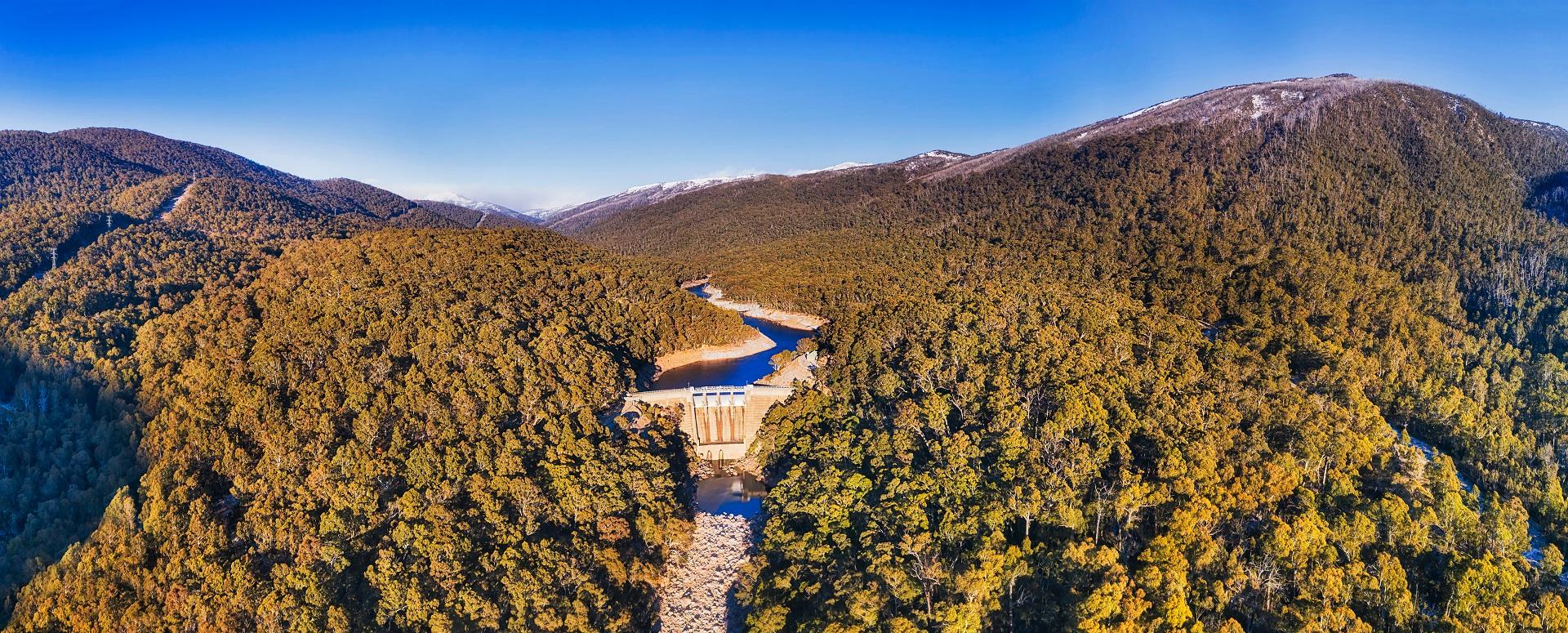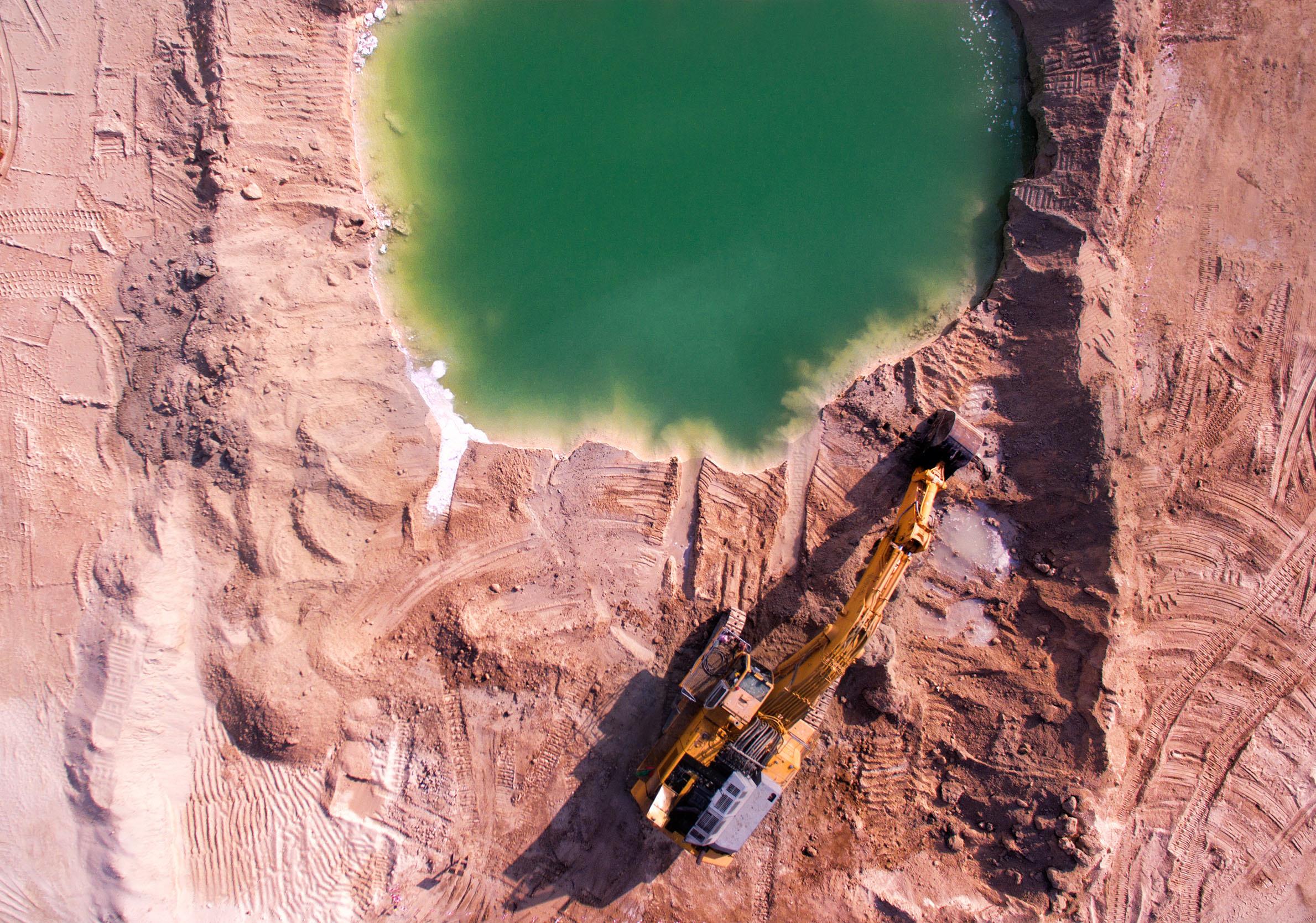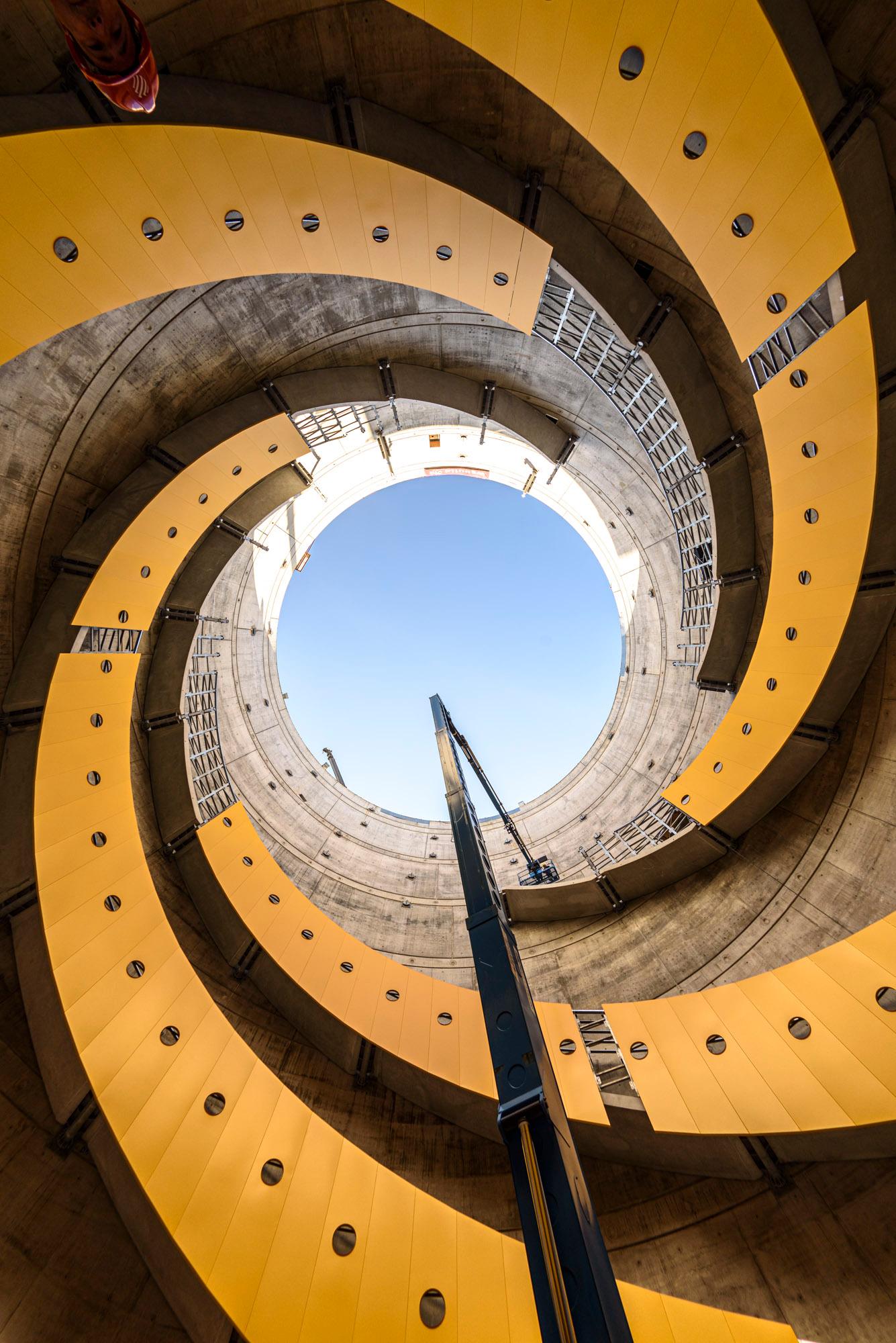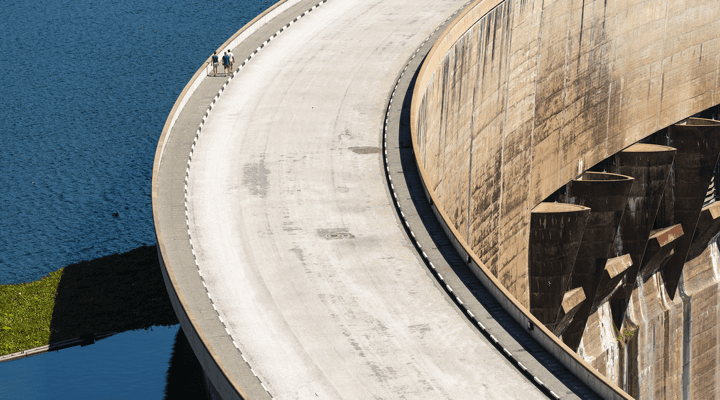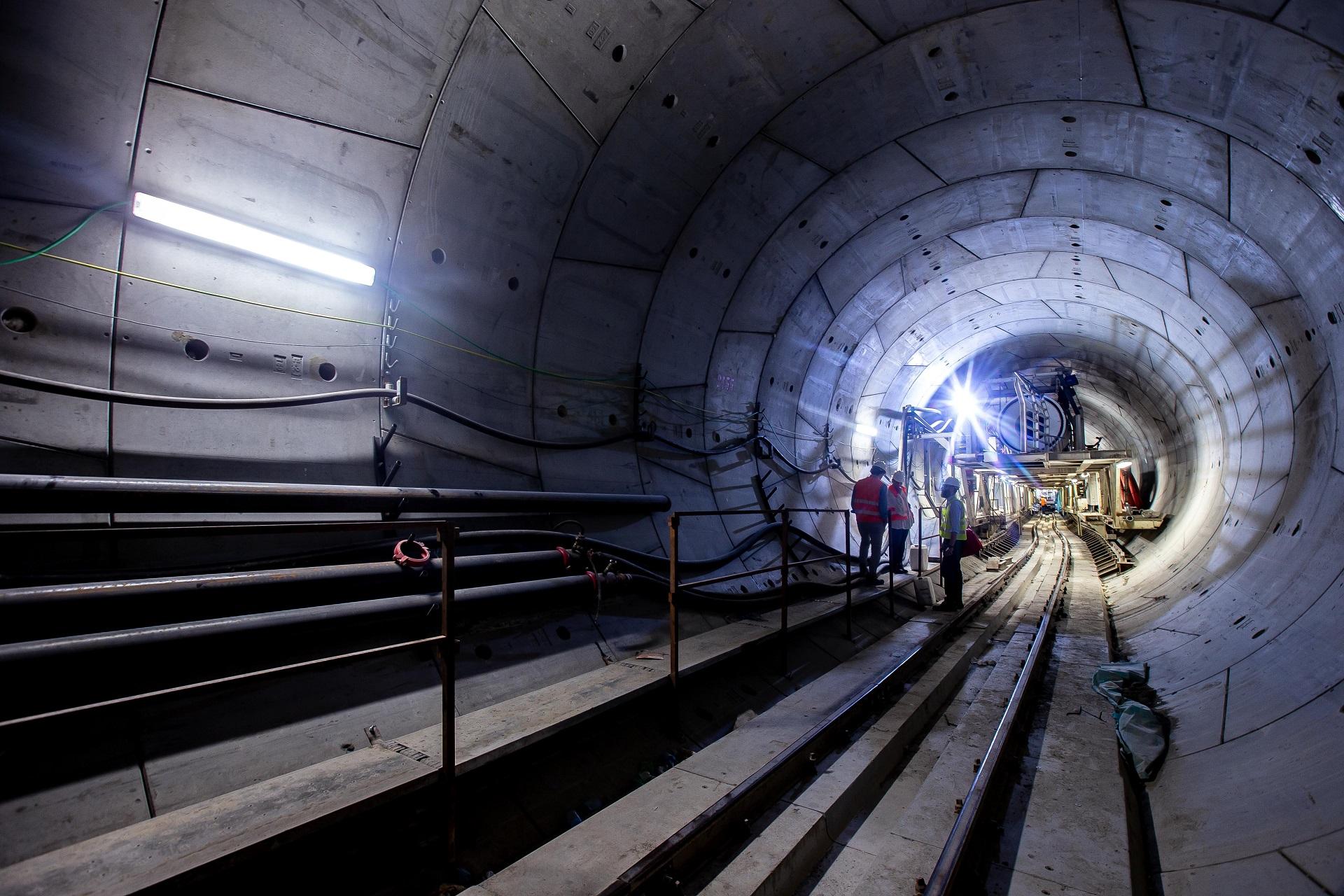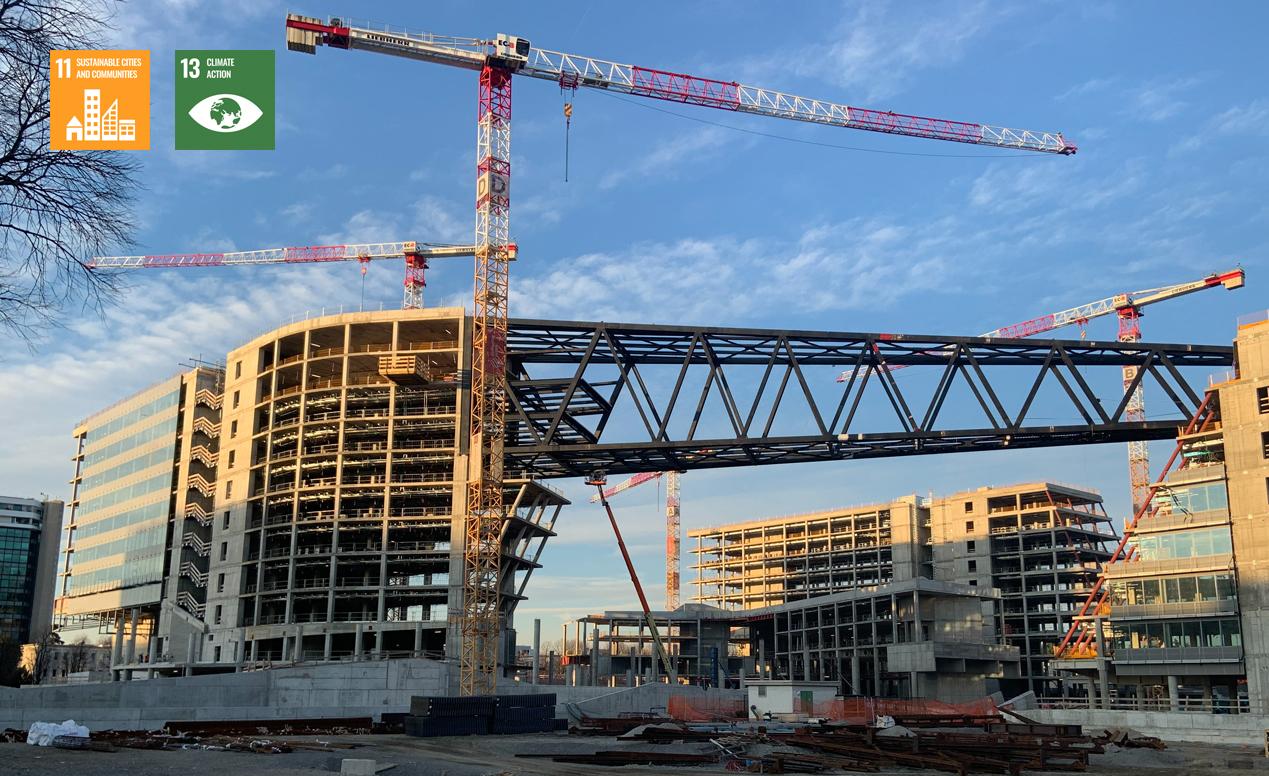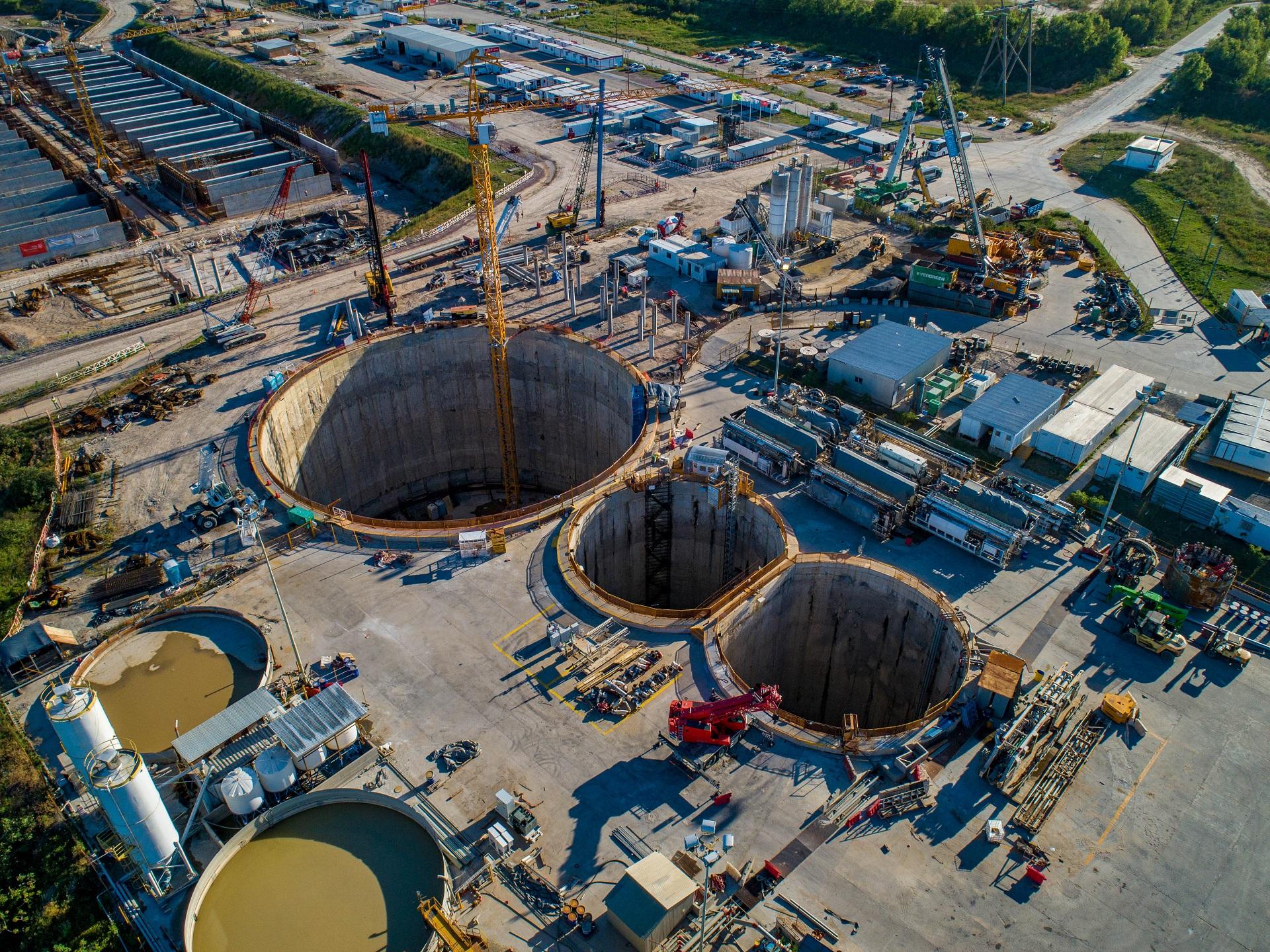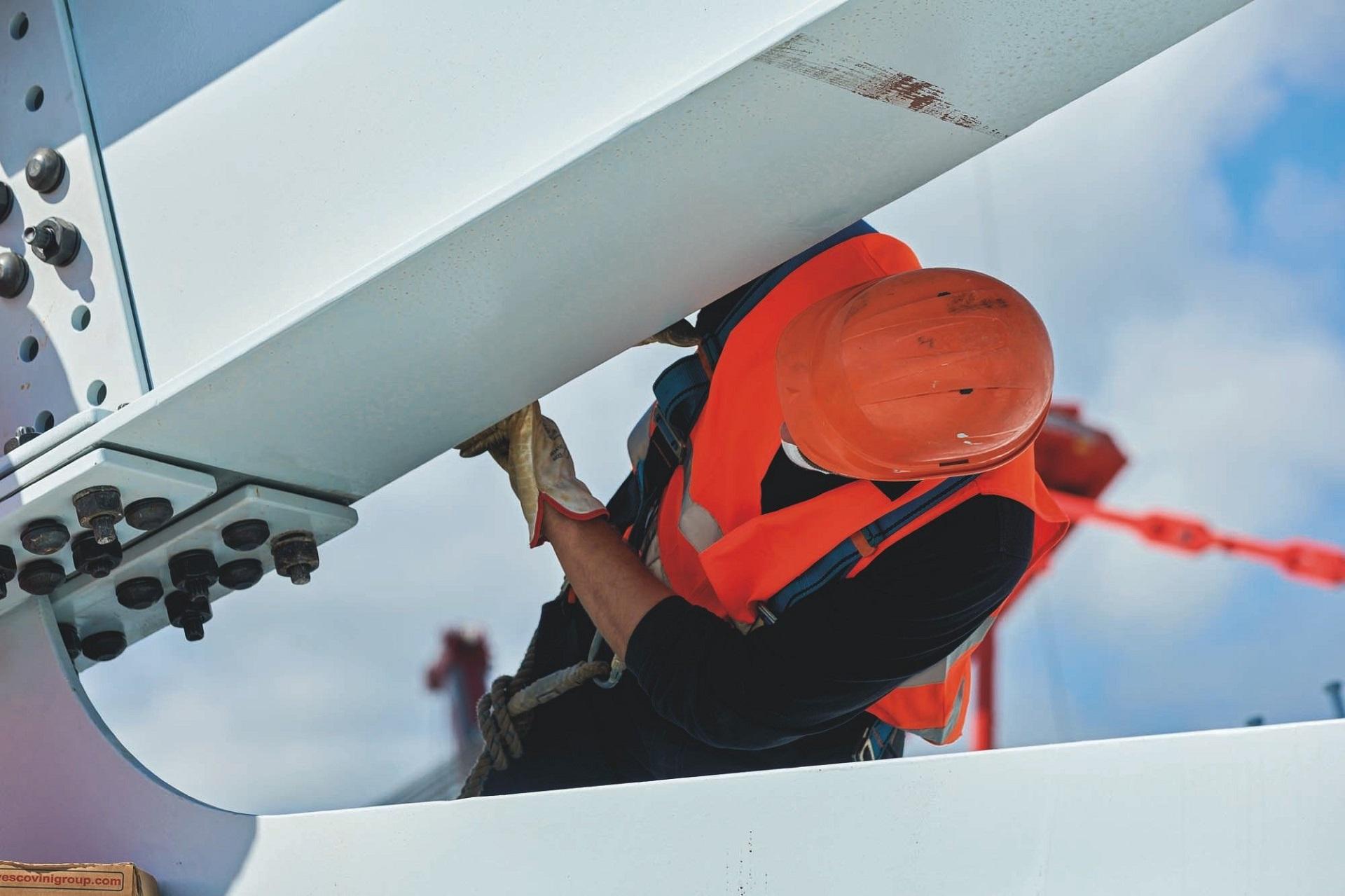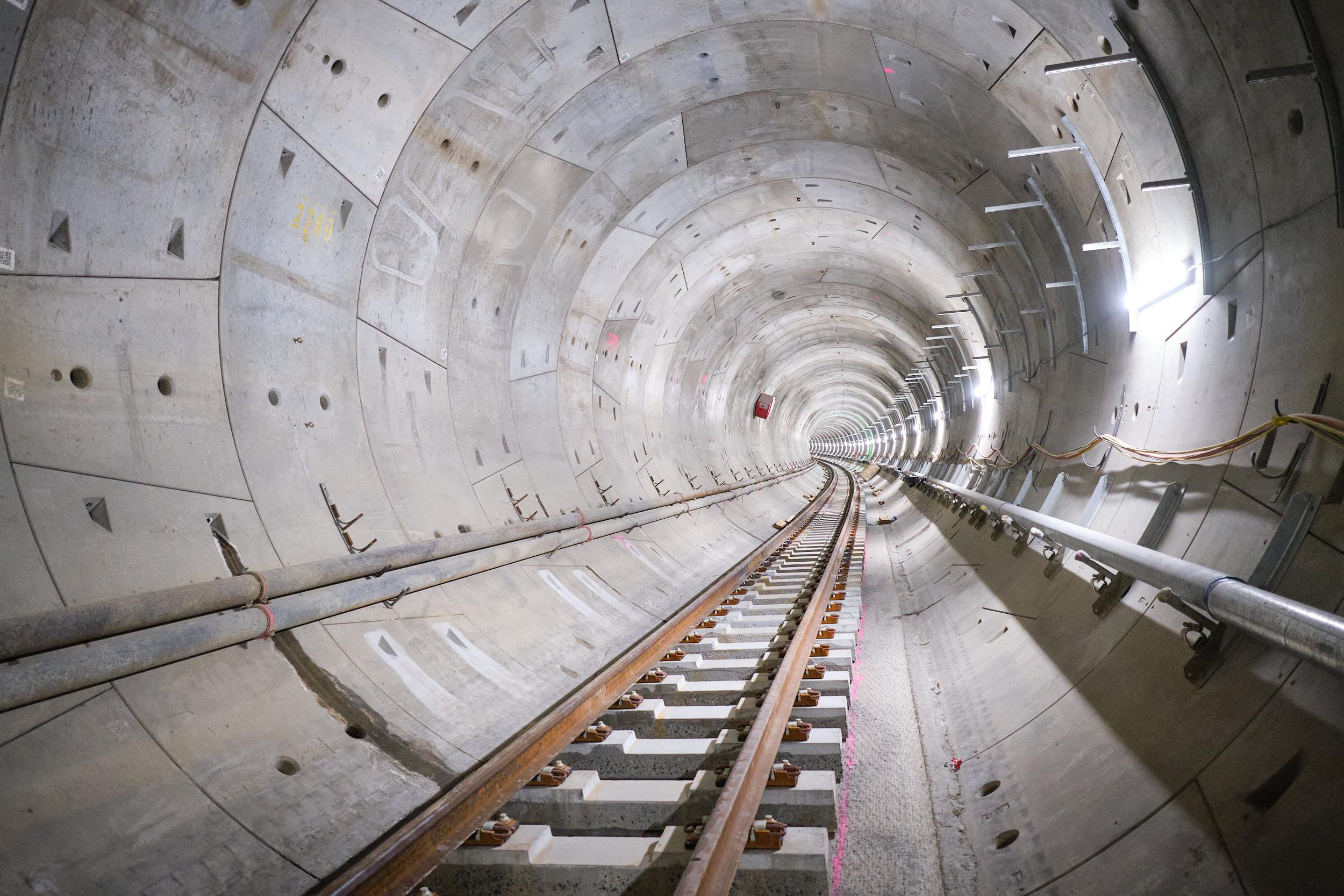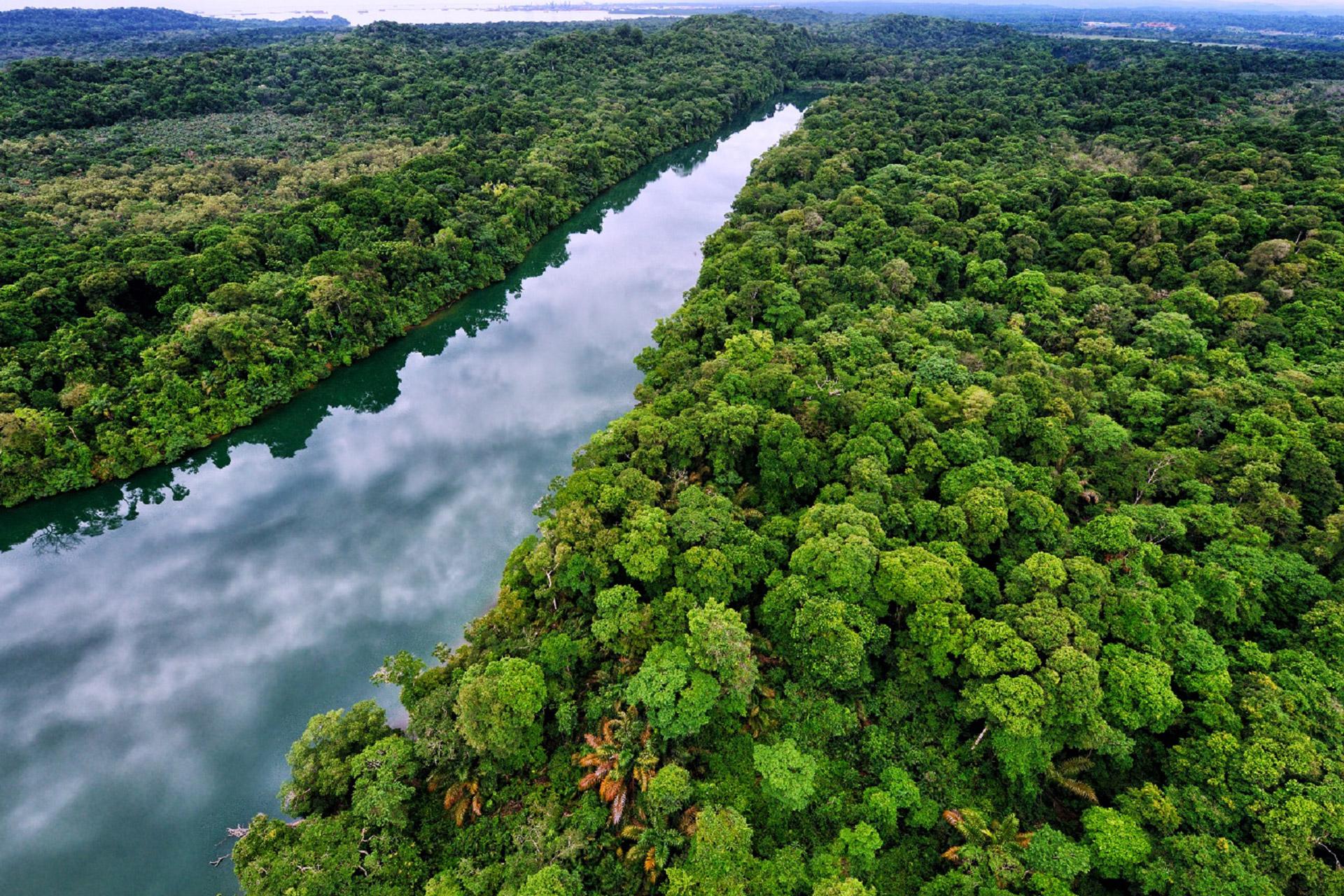Sviluppo sostenibile
Sustainable Development
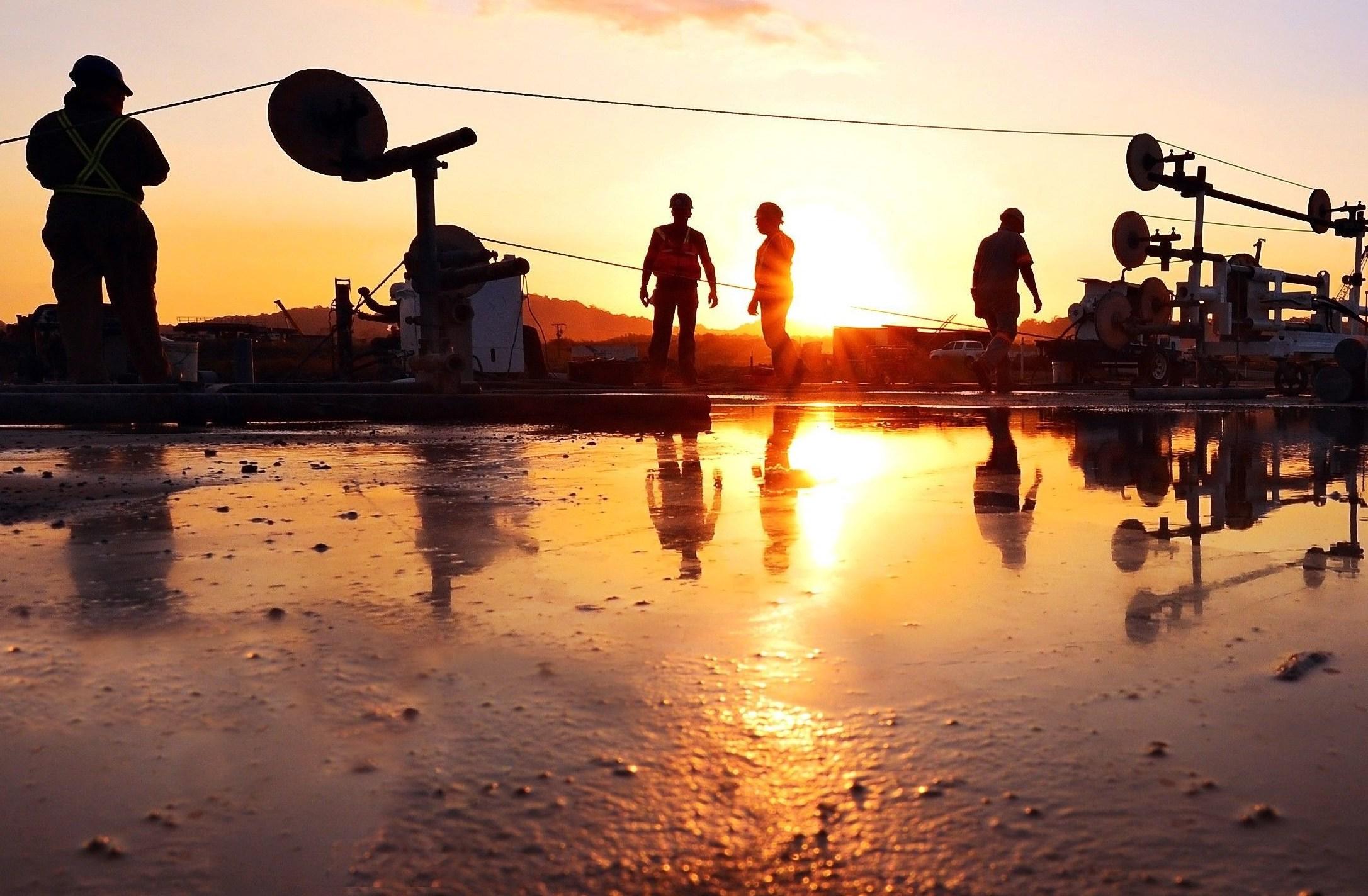
The Meaning of Sustainable Infrastructure
"Building resilient infrastructure, while promoting innovation and fair, responsible and sustainable industrialization" is one of the UN's sustainability goals, with innovation and sustainable infrastructure as essential tools for productivity and income growth, to achieve improved health and education.
The European Union, through the European Green Deal, has also placed sustainability at the core of its strategies, as a new development model. The funds of the Next Generation EU, the aid plan for the European countries mostly affected by the Covid-19 pandemic, are tied to spending 30% on sustainable infrastructure projects, with the intrinsic goal of mitigating climate change, while also reducing CO2 emissions.
Sustainability and Infrastructure: An inseparable link
Sustainability is the result of the interaction between resilience, functionality, economics, the environment and construction: sustainable infrastructure must be included in this framework.
Living in a territory implies building houses and developing transport and service networks (water, electricity, and digital solutions) that merge with one other.
Infrastructure marks the territory. It changes its landscape, transforming it. It merges with it. At the same time, though, it divides it, while also significantly impacting the surrounding ecosystem.
Therefore, building sustainable infrastructure also means developing a support system for services, in harmony with the environment and the surrounding landscape. It means respecting people, their work and their safety, during the construction phase. It means improving the life of communities, enhancing the landscapes affected by the works. It also means thinking of a maintenance and care system capable of ensuring that large infrastructure can resist, adapt and improve over time.
Technological development, international protocols and conventions, and, ultimately, the great crisis generated by the pandemic, have all stimulated the creation of a large work group focused on sustainably developing infrastructure, as an essential means for developing the economy, society, education and health. This has fueled greater awareness, as regards to the impact that major works have on the environment and people, while concomitantly initiating processes for assessing the sustainability levels of buildings and infrastructure, in terms of consumption, emissions and environmental impact.
Building sustainable infrastructure requires understanding the relationship between its creation, connection, design and intrinsic model, reinterpreting it according to the territory, while also considering these two elements as integrated into an overall strategy scheme. Sustainably developing infrastructure must be done by systemically and strategically interpreting entire territories, ensuring that what is being built is efficient, and that the surrounding ecosystem can also survive.
Infrastructural systems are designed to offer supply services that cover specific demands, as regards to energy, primary goods (water, food), mobility, and information. Infrastructure leaves a significant footprint on the area, in terms of physical presence. It constantly interacts with communities, determining how daily life is structured, while also laying the actual foundations for its own growth.
The needs met by infrastructure
Creating sustainable infrastructure means thinking in socio-cultural dimensional terms. It means being aware of how infrastructure influences people's life quality. It is therefore important to identify the needs that infrastructure must meet. These can be grouped into a few archetypes: landscape, water, waste, transport, energy and information.
Landscape infrastructure is a system of open spaces, in and around cities, providing a wide range of services to the urban community. “Landscape” infrastructure differs from other infrastructural systems in that it is not defined by its response to a specific demand. It is an alternative, flexible infrastructure with versatility as its inherent potential. It adds local identity, providing leisure opportunities. It supports natural habitats and processes, providing water, food and material resources, while also mitigating and offsetting the negative impact of other infrastructural systems. It also increases a city's resilience to coping with a changing climate, and the increasingly extreme weather conditions.
Transport infrastructure includes structures and systems for the mobility of passengers and goods. It represents a basic catalyst for development, being closely related to the urban and rural economies feeding the city. Its strong physical presence, and consequent territorial imprint, pose a series of challenges: creating connections, but also unwanted barriers between nature and local communities. Sustainable transport infrastructure aims at avoiding, minimizing and compensating negative impacts on individuals, communities and ecosystems, as it expands (which responds to the need of satisfying the growing demand of users).
Hydraulic infrastructure treats, collects and distributes drinking water, rainwater and wastewater. The availability of drinking water and managing wastewater have historically been key factors for creating and developing human settlements. Water infrastructure performs the function of extracting water from the environment, returning it with a minimal impact. Therefore, besides ensuring and optimizing the performance of networks and structures, in planning sustainable water infrastructure, one must also include activities for managing water basins and natural processes, to minimize the impact of construction works. Water infrastructure also monitors sources for contaminants, while recharging groundwater. It also tries to reduce overall water consumption. Designing natural drainage and collection strategies for rain and stormwater management purposes is also an essential component of this type of infrastructure, particularly in urban environments, with large surfaces impervious to water.
Energy infrastructure manages and converts available natural resources into energy carriers like electricity, heat and fuel, distributing them to end users. Energy security and stability are essential for greater life quality, economic development and a consequent social stability. However, energy production is currently the main source of greenhouse gas emissions on the planet. Therefore, energy is at the core of all efforts to ensure the sustainability and resilience of plants and their related industries. Sustainable energy infrastructure should ensure constant and equal access to energy, while also promoting an increased rational usage and more efficient practices. The goal is also to aim at using natural resources with a regenerative capacity, providing renewable and low-emission alternatives.
The role of sustainable infrastructure, be it physical, technological, road or IT, is strategic, and allows changing its ultimate purpose: from being solely perceived as a means of transport, information vehicle or technological support, infrastructure can become a real system that allows to re-think, know and experience the territory and cities at their fullest.
In this new scenario, developing sustainable infrastructure is now an opportunity for greater economic and social growth.
The European Union’s defines a Smart City as a city that invests in technologically advanced infrastructure, transforming itself into an economically sustainable reality, while also driving a higher quality of life, and a more rational use of its resources; it is capable of renewing itself, starting from existing urban structures, by using technologies to obtain a smart economy, population, government, environment and mobility.
Current urban development models are limited, in that they reject components needed by urban life: they hide them, expel them, or even totally omit them.
All waste landscapes and devices needed for urban operation, like landfills, incinerators, large technological platforms, road and rail tracks, on the other hand, are a tool for growth, and a real opportunity, allowing entire territories to undergo a rethinking process.
An intelligent city transforms service infrastructure into prestigious locations; it exploits empty spaces and abandoned structures, including ones usually rejected (i.e. landfills, parking lots, water disposal systems, waste, and energy production systems), integrating them with the new activities needed to meet modern life demands.
Infrastructure, this urban technical element, can be transformed into an architectural element capable of redesigning landscapes, and becoming a symbol of a new identity. Infrastructure must, therefore, be rethought, with a new focus on global sustainability, to be made more attractive, while also providing greater quality, to avoid penalizing a community over another. Infrastructure can create greater economic and social value, without negatively impacting the environment.
The Ministry of Sustainable Infrastructure and Mobility
The Italian Ministry of Infrastructure and Transport has been named the "Ministry of Sustainable Infrastructure and Mobility." Heading the Ministry is Professor Enrico Giovannini, founder and former president of ASviS, the Italian Alliance for Sustainable Development, the institution established in 2016 to help Italy achieve the Targets of the 2030 Agenda for Sustainable Development (SDGs - Sustainable Development Goals).
A name change that is also a change in approach to the issue. The new ministry wants to become a reference point for "sustainable infrastructure and mobility," and perhaps it is in the plural of the adjective that the key lies. Not only must mobility be sustainable-that is, non-polluting in absolute and/or low-carbon-but so must the infrastructure that will be built for Italy's roadways and thoroughfares.
Webuild 5P Sustainability Manifesto

We want to play a role in developing sound societies and economies, by continuing to guide our sector and contributing to a better world.
